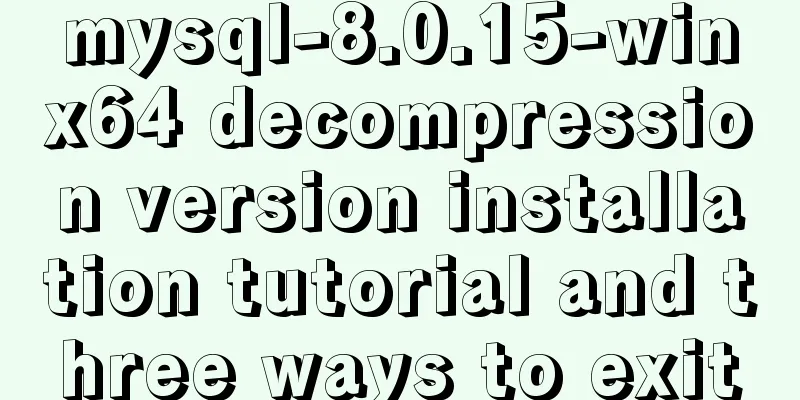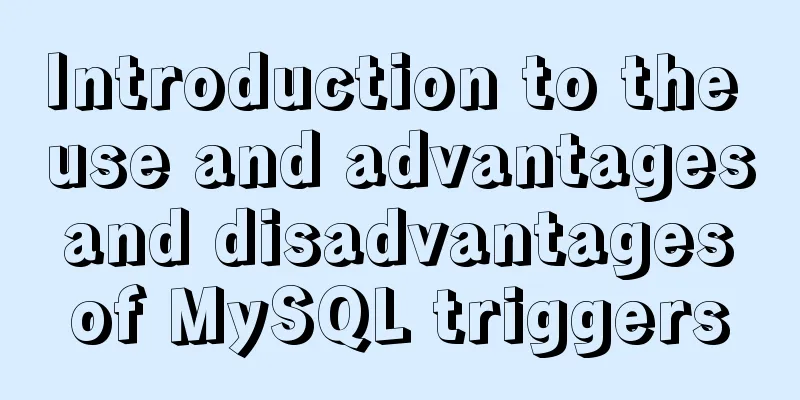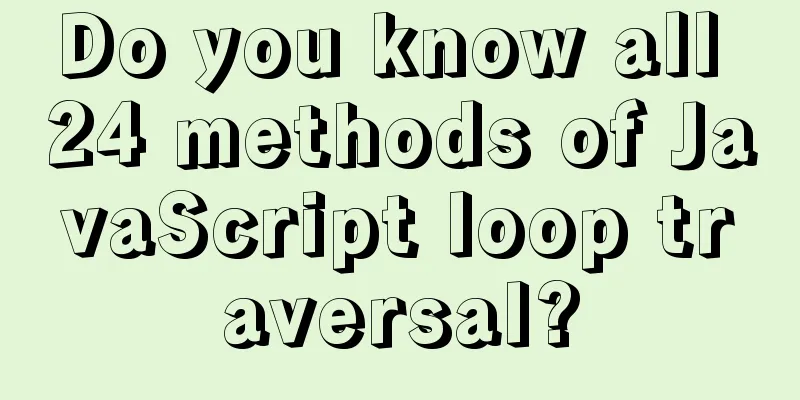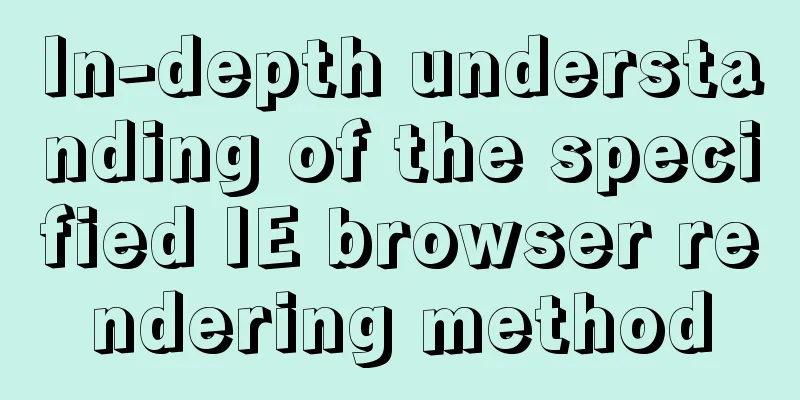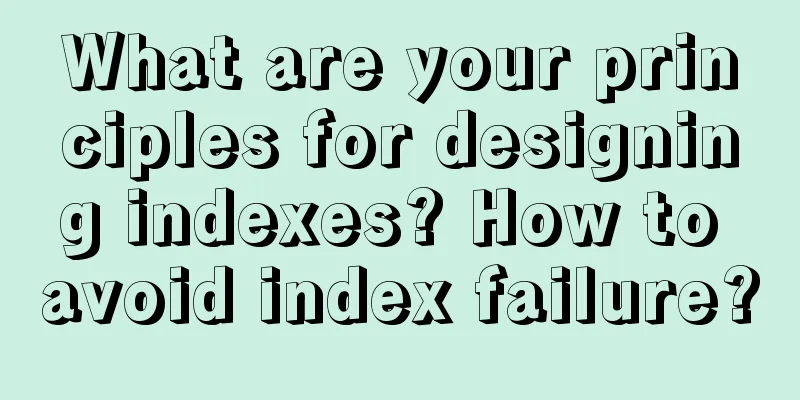Detailed explanation of the difference and application of CSS3 filter:drop-shadow filter and box-shadow
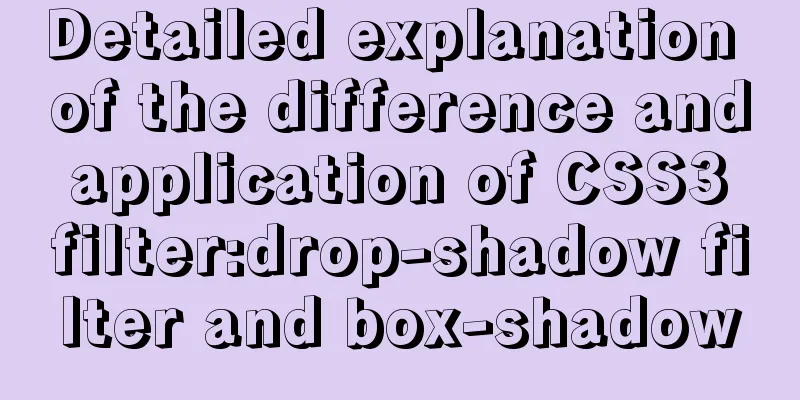
|
To use standard CSS3 to achieve the shadow effect of an element, there are two routines. The first is to use the common 1. Compatibility varies CSS3
2. The same parameter values have different performance effects The filter: drop-shadow(x offset, y offset, blur size, color value); filter:drop-shadow(5px 5px 10px black) Represents a black shadow offset 5 pixels to the lower right and blurred by 10 pixels. Seeing is believing, see the picture below for an illustration.
However, if you use box-shadow: 5px 5px 10px black; You will find that the shadow distance of
3. Drop-shadow has no inner shadow effect box-shadow: inset 5px 5px 10px black; However, 4. Shadow vs Box Shadow What does it mean? Let's use CSS
border: 10px dashed #fa608d;
height: 50px;
width: 50px;
We then apply box-shadow: 5px 5px 10px black; filter: drop-shadow(5px 5px 10px black); box-shadow:
filter:drop-shadow:
6. Practical application of drop-shadow When we implement the floating panel with arrows pointing to it, considering compatibility, the triangles are basically drawn with The arrow has no shadow and can be camouflaged. Now, with
CSS code:
.box {
margin: 40px; padding: 50px;
background-color: #fff;
position: relative;
font-size: 24px;
}
.cor {
position: absolute;
left: -40px;
width: 0; height: 0;
overflow: hidden;
border: 20px solid transparent;
border-right-color: #fff;
}
.box-shadow {
box-shadow: 5px 5px 10px black;
}
.drop-shadow {
filter: drop-shadow(5px 5px 10px black);
}
HTML code:
<div class="box box-shadow">
<i class="cor"></i>
box-shadow
</div>
<div class="box drop-shadow">
<i class="cor"></i>
filter: drop-shadow
</div>
This is the end of this article about the differences and applications of CSS3 filter: drop-shadow and box-shadow. For more related CSS3 filter: drop-shadow and box-shadow content, please search 123WORDPRESS.COM’s previous articles or continue to browse the related articles below. I hope everyone will support 123WORDPRESS.COM in the future! |
<<: 33 of the best free English fonts shared
>>: JavaScript data flattening detailed explanation
Recommend
MYSQL 5.6 Deployment and monitoring of slave replication
MYSQL 5.6 Deployment and monitoring of slave repl...
In-depth explanation of MySQL stored procedures (in, out, inout)
1. Introduction It has been supported since versi...
Detailed explanation of JavaScript object conversion to primitive value
Table of contents Object.prototype.valueOf() Obje...
Detailed explanation of several solutions for JavaScript interruption requests
Table of contents 1 Promise Interrupt the call ch...
Nginx implements dynamic and static separation example explanation
In order to speed up the parsing of the website, ...
Detailed explanation of redis persistence, master-slave synchronization and sentinel under Linux
1.0 Redis persistence Redis is an in-memory datab...
React Native reports "Cannot initialize a parameter of type'NSArray<id<RCTBridgeModule>>" error (solution)
Recently, when running an old RN project, the fol...
Use of LRU algorithm in Vue built-in component keep-alive
Table of contents The use of Vue's keep-alive...
Tutorial on installing AutoFs mount service under Linux
Whether it is Samba service or NFS service, the m...
MySQL series 6 users and authorization
Table of contents Tutorial Series 1. User Managem...
Linux super detailed gcc upgrade process
Table of contents Preface 1. Current gcc version ...
Detailed explanation of Linx awk introductory tutorial
Awk is an application for processing text files, ...
How to quickly modify the host attribute of a MySQL user
When you log in to MySQL remotely, the account yo...
Implementation of Nginx operation response header information
Prerequisite: You need to compile the ngx_http_he...
How to avoid garbled characters when importing external files (js/vbs/css)
In the page, external files such as js, css, etc. ...











